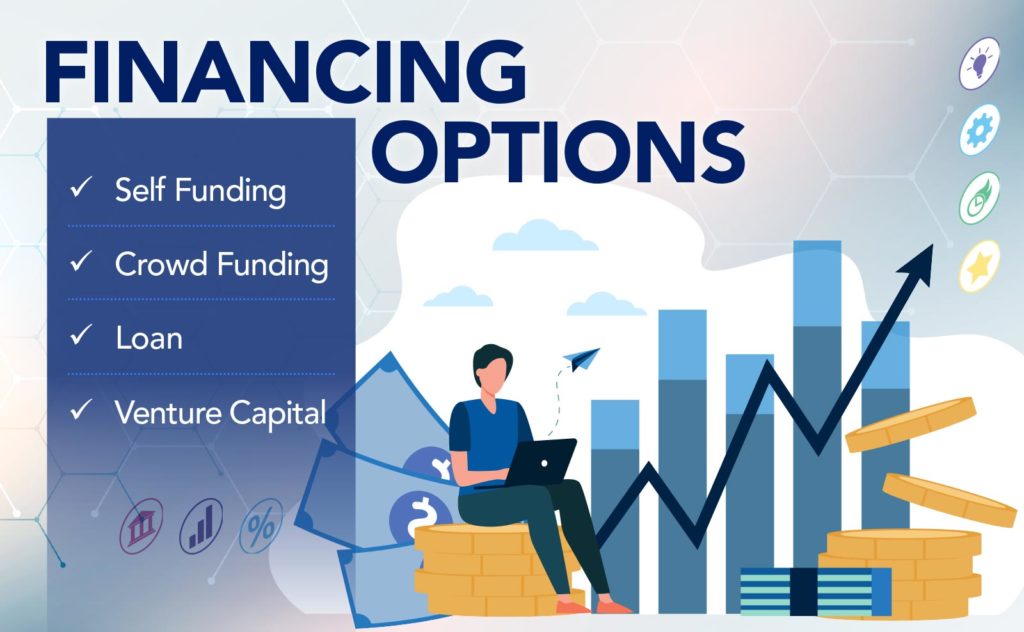Introduction:
Investing in vacant land can be an exciting opportunity to build your dream home, start a farm, or develop a commercial property. However, financing vacant land differs from financing a traditional home purchase. In this article, we will explore the various options available for financing vacant land, helping you understand the process and make informed decisions.
- Understanding the Challenge:
Financing vacant land can be challenging due to the lack of collateral and income-producing assets. Lenders consider vacant land riskier than improved properties, making it important to explore alternative financing options.
- Cash Purchase:
The simplest way to finance vacant land is through a cash purchase. If you have the funds available, buying land outright eliminates the need for financing and allows for greater flexibility in negotiations.
- Land Loans:
Some lenders offer land loans specifically designed for purchasing vacant land. These loans may have higher interest rates and shorter repayment terms than traditional mortgages. It’s important to shop around and compare loan terms from different lenders.
- Seller Financing:
In some cases, the landowner may be willing to offer seller financing, where you make payments directly to the seller over time. Seller financing can be a flexible option, but it’s essential to negotiate favorable terms and ensure the agreement is legally binding.
- Home Equity Loan or Line of Credit:
If you own a home with equity, you may be able to borrow against it to finance the purchase of vacant land. Home equity loans and lines of credit offer relatively low-interest rates and longer repayment terms than land loans.
- Personal Loans:
Another option is to use a personal loan to finance vacant land. Personal loans typically have higher interest rates than other financing options and may require a shorter repayment period, so it’s important to consider the terms carefully.
- USDA Loans:
The U.S. Department of Agriculture (USDA) offers loans for purchasing rural land through its Rural Housing Service. USDA loans typically have favorable terms, including low-interest rates and longer repayment periods, but they are only available for certain rural properties.
- Local Banks and Credit Unions:
Local banks and credit unions may offer financing options for vacant land, including land loans and home equity loans. Working with a local lender can sometimes lead to more personalized service and better terms.
- Due Diligence:
Before financing vacant land, it’s essential to conduct thorough due diligence, including researching zoning regulations, environmental considerations, and access to utilities. Additionally, consider working with a real estate attorney or financial advisor to ensure you understand the terms of any financing agreement.
Conclusion:
Financing vacant land requires careful consideration and research to find the best option for your needs. Whether you choose a land loan, seller financing, or another financing option, understanding the process and conducting due diligence is crucial. By exploring your options and working with knowledgeable professionals, you can secure financing for vacant land and turn your dreams of property ownership into reality.

